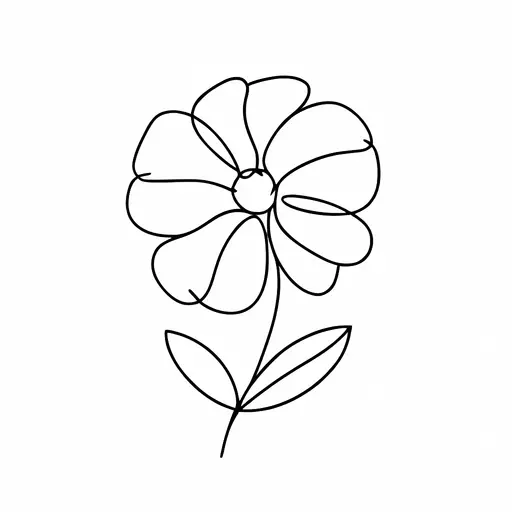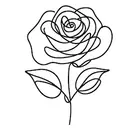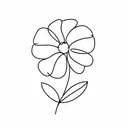
How to draw ...
a flower
a flower is the 11th most searched thing that people want to draw and here is how it compares to other things in Nature > Plants.
But do people always want to draw a flower?
Interest over time on "how to draw a flower" in the U.S.
Cycle
Search volume consistently peaks annually in May and drops in June and July, likely correlating with spring and associated flower-related activities such as weddings and Mother's Day.
And how does it compare to the most popular things to draw among Plants?
Interest over time on "how to draw a flower" comparing to top 3 in Plants category
data from Ahrefs Keyword ExplorerWhich countries are most interested in drawing a flower?
| United States | 🇺🇸 | 3,000 | |
| India | 🇮🇳 | 1,700 | |
| United Kingdom | 🇬🇧 | 500 | |
| Nigeria | 🇳🇬 | 500 | |
| Canada | 🇨🇦 | 250 |
How to draw a flower step-by-step
Drawing a flower involves capturing intricate details of shape, texture, and color, posing challenges in achieving realism and depth. Artists must master the balance between light and shadow to highlight the petals' delicate layers and the subtle gradients of color. Effective strategies include studying botanical structures, practicing line and shading techniques to convey the flower's form, and utilizing color blending to mimic natural hues. Emphasizing composition and perspective can also enhance the dimensionality and aesthetic appeal of the drawing.
Here are the steps to drawing a flower:
- Choose Your Paper and Tools: Select a piece of paper and gather your drawing tools. You can use a pencil for sketching and then a pen or markers for outlining and coloring.
- Sketch the Flower’s Center: Lightly draw a small circle in the center of your paper. This will be the flower’s center or the base for the petals to radiate out from.
- Draw the Basic Petal Shapes: Around the circle, sketch several elongated oval shapes for the petals. Start with simple shapes and keep the size of petals consistent for symmetry.
- Add Petal Details: Refine the petal shapes by adding curves and edges to make them more natural. Ensure they overlap slightly at the base to show layers.
- Outline the Flower: Use a pen or darker pencil to outline the entire flower, emphasizing the edges of the petals and the center circle. Erase any unnecessary pencil marks.
- Create the Stem and Leaves: Draw a smooth, slightly curving line extending downward for the stem. Add one or two leaves with simple oval shapes on either side of the stem.
- Add Texture and Details: Add lines to the petals to create texture, starting at the base and following the petal’s shape. Draw veins on the leaves for realism.
- Color Your Flower: Choose colors for the petals, center, and leaves. Use light pressure for a soft color or layers for a more saturated look. Blend colors if desired for depth.
- Finalize with Shading: Add shading to the petals and leaves to give a three-dimensional effect. Concentrate shading near the base of petals and along the curves of leaves.
Common mistakes
- Uneven Petals: People often draw petals that are inconsistent in size and shape, making the flower look unbalanced and unrealistic.
- Lack of Depth: Beginners may not add shading or texture, resulting in a flat appearance without the dimensionality found in real flowers.
- Overly Simplified Center: Many drawings feature an overly simple center, neglecting details like stamen and texture that add realism to the flower.


